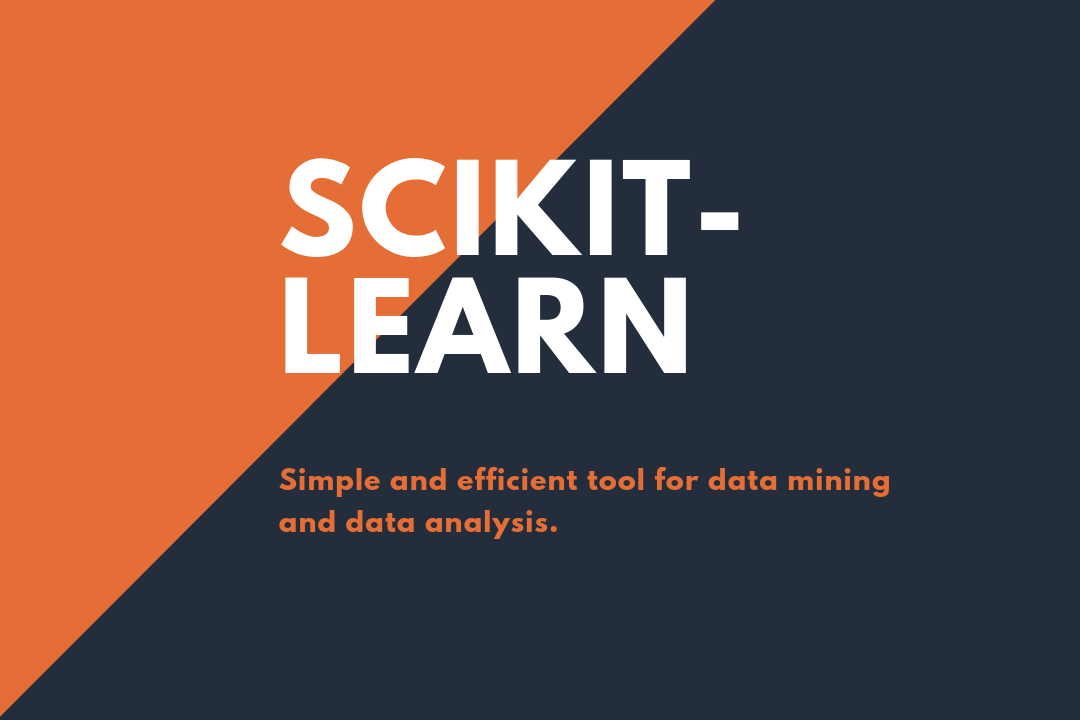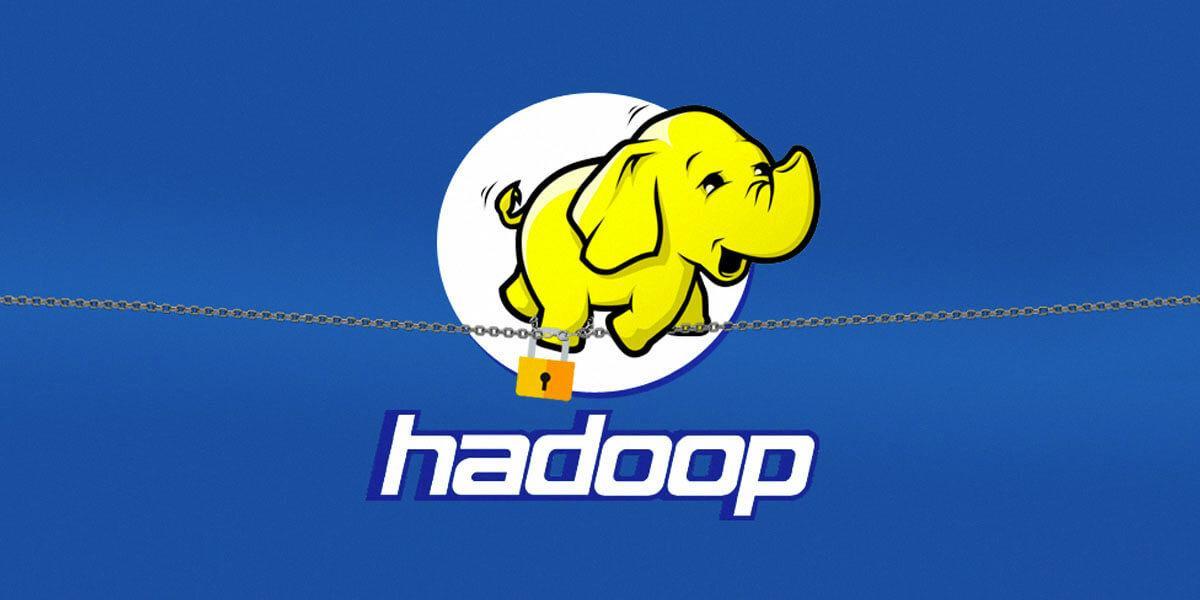Description
Introduction for KNIME for Healthcare Analytics:
This course is tailored for healthcare professionals and data analysts who aim to use KNIME for enhancing patient care through data-driven insights. It focuses on leveraging KNIME’s tools to analyze healthcare data, build predictive models, and generate actionable insights to improve patient outcomes and operational efficiency. Participants will learn to handle healthcare datasets, apply various analytical techniques, and utilize KNIME’s capabilities to support evidence-based decision-making in healthcare settings.
Prerequisites:
- Basic knowledge of KNIME (workflow creation, data manipulation)
- Understanding of fundamental healthcare concepts and metrics
- Experience with healthcare data analysis is beneficial
- No advanced programming skills required, but familiarity with healthcare analytics techniques can be advantageous
Table of Content:
Introduction to Healthcare Analytics with KNIME
- Overview of Healthcare Analytics and Its Importance
1.1 Introduction to KNIME’s Capabilities for Healthcare Data Analysis
1.2 Setting Up KNIME for Healthcare Analytics Projects
- Data Preparation and Integration in Healthcare
2.1 Importing and Integrating Healthcare Data from Various Sources (EHRs, Clinical Databases, Surveys)
2.2 Data Cleaning and Transformation Techniques Specific to Healthcare Data
2.3 Handling and Managing Sensitive Patient Data with Privacy Considerations
- Exploratory Data Analysis (EDA) in Healthcare
3.1 Conducting EDA to Understand Healthcare Data Characteristics
3.2 Visualizing Patient Data Trends, Distributions, and Correlations
3.3 Identifying Key Health Metrics and Indicators
- Predictive Modeling for Patient Care
4.1 Building Predictive Models for Patient Outcomes (e.g., Disease Prediction, Readmission Risk)
4.2 Applying Machine Learning Algorithms to Healthcare Data (e.g., Classification, Regression)
4.3 Integrating External Healthcare Models and Tools
- Clinical and Operational Analytics
5.1 Analyzing Clinical Data to Improve Patient Care and Treatment Plans
5.2 Operational Analytics for Optimizing Healthcare Processes and Resource Management
5.3 Evaluating Clinical Trials and Research Studies Using KNIME
- Patient Segmentation and Personalization
6.1 Segmenting Patients Based on Health Conditions, Behaviors, and Demographics
6.2 Implementing Personalized Care Strategies and Interventions
6.3 Analyzing Patient Groups to Identify Trends and Improve Care
- Healthcare Reporting and Visualization
7.1 Designing and Generating Healthcare Reports and Dashboards
7.2 Building Interactive Visualizations to Present Patient Care Insights
7.3 Integrating KNIME with Reporting Tools for Comprehensive Healthcare Reporting
- Automating Healthcare Analytics Workflows
8.1 Automating Data Processing and Analysis Tasks in Healthcare
8.2 Scheduling and Managing Recurring Healthcare Reports
8.3 Optimizing Workflows for Efficiency and Accuracy
- Case Studies and Practical Applications
9.1 Real-World Case Studies Showcasing Healthcare Analytics with KNIME
9.2 Hands-On Projects to Analyze and Model Healthcare Data
9.3 Applying Best Practices to Various Healthcare Scenarios
- Best Practices and Optimization
10.1 Best Practices for Healthcare Data Analysis and Model Implementation
10.2 Tips for Optimizing Performance and Managing Large Healthcare Datasets
10.3 Ensuring Data Accuracy, Compliance, and Patient Privacy in Healthcare Analytics
- Conclusion and Future Learning Opportunities
11.1 Recap of Key Concepts and Techniques Learned
11.2 Resources for Further Learning and Advanced Healthcare Analytics Topics
11.3 Engaging with the KNIME Community and Exploring Additional Healthcare Analytics Tools
To conclude; this course provides a comprehensive overview of healthcare analytics with KNIME, equipping participants with essential skills for data analysis and predictive modeling. Engage with real-world applications and resources for continued learning in this evolving field.
If you are looking for customized info, Please contact as here
Reference







Reviews
There are no reviews yet.